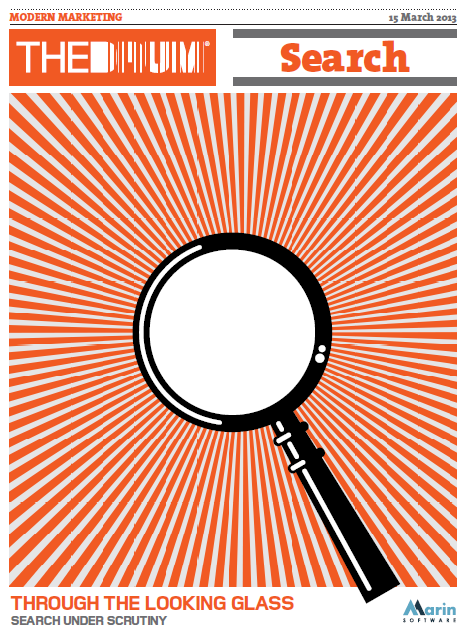In The Drum’s first search supplement, Through the Looking Glass – Search Under Scrutiny, MD Tina Judic answers questions about “how developments at Google, social search and the growth of mobile are all impacting on search marketing.”

How do you see the role of the search marketer (PPC and SEO) changing in 2013?
2013 is going to be an interesting year for search marketers, from both an external and internal perspective, as the sector broadens in terms of opportunity, deliverability and skill. Specifically, demographic-based data sets will transform search marketing ROI this year. These will become integral to paid search campaign planning and even with privacy red tape, companies which target specific demographic groups will become the best converters pushing up costs per click. Likewise, the continuing growing focus on Social will see SEO teams deepening their relationship with social platforms to tap into the valuable content aggregators they represent. Underlying it all though will be a greater focus on the long term, with companies specifically learning to adjust KPIs to Customer Lifetime Value (CLV) – not just working to an acquisition-focussed CPA but a cost per CLV.
However, mirroring all of these developments will be an internal shift for SEOs themselves, with their roles continuing to evolve to mirror the expanded, content-focussed role that search now plays.
Could this be the year of decreased reliance on Google?
Google always has and always will be a dominating force for the environment in which we operate. Although recent developments including the launch of Facebook’s Search Graph have led many to begin to question its role going forwards, I really don’t think there will be a fundamental decrease in wholesale reliance on this hugely influential industry partner.
What’s the biggest challenge of search marketing in a multi-platform, multi-device environment?
That’s simple: cross device tracking and insight. Ultimately, the ability to join up data from different user sessions, sites and devices and crunch it with the vast amount of data generated by social platforms is a solution everyone is vying for. The companies who are investing in buying or building software to provide them with an integrated view of all marketing channels will be handing their analysts with the most useful and actionable insight to gain a competitive advantage.
How can marketers ensure optimum results from their paid and organic search?
Product marketing is going to be big this year and therefore commitment and focus must be channelled into this area. For retailers, Product Listing Ads is going to be key, now that Google has opened up Google Shopping as a paid channel. Product feeds and integration of feeds into the engines will be key to future PPC success.
Google’s launch of Enhanced Campaigns has brought about some significant changes as to how advertisers will analyse, build and target their paid search campaigns. It will no longer be necessary to build individual Adwords campaigns to target different locations and devices – such as desktop, mobile, tablet – however advertisers will need to readdress their approach to campaign management to avoid significantly under (or over) spending budget.
And finally, the possibilities that Near Field Communications technology will be bringing to the market are huge, providing tech-savvy companies with brand new ways to develop relationships with consumers through highly-targeted, totally unique content.

